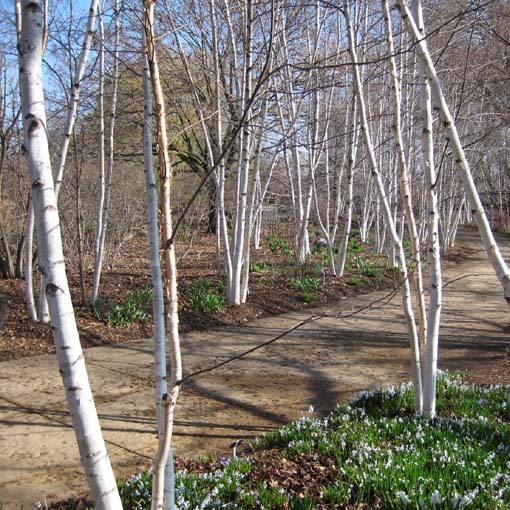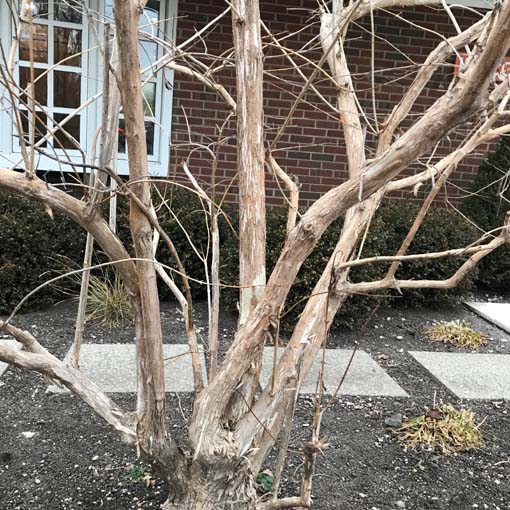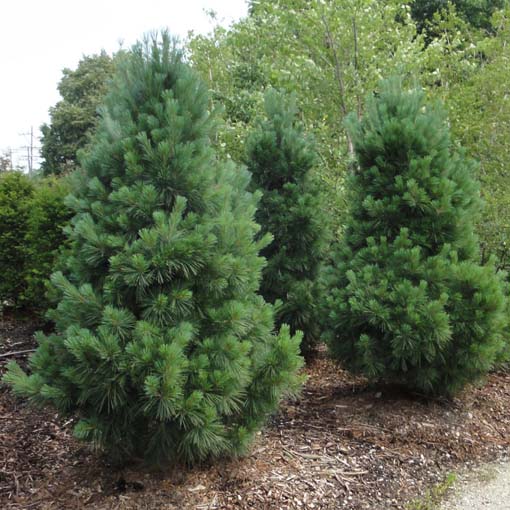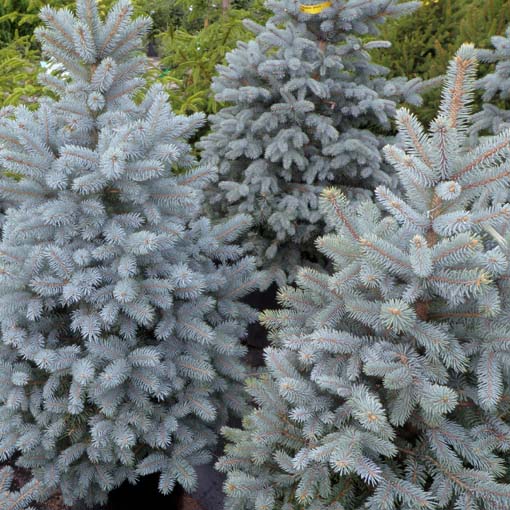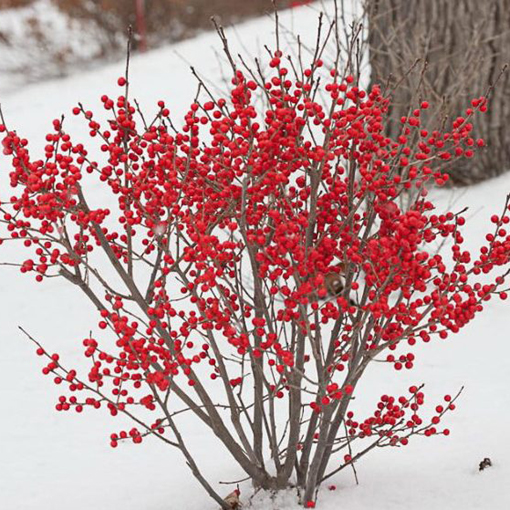The freezing temperatures over the holidays have kept many indoors, but as the temperatures rise a bit, we encourage you to step outside and spot some plants with winter interest. If your garden could use some, consider the following selections with plenty to offer.
ORNAMENTAL TREES
Renaissance Reflection Paper Birch, Betula papyrifera ‘Renci’, looks stunning with yellow fall color but also without. The bark is bright white with slight exfoliation, and they stand out from the typical brown or gray bark of surrounding trees. This picture is from the Rotary Botanical Gardens in Janesville, WI.
Seven Son Flower Tree Heptacodium planatoides is a tough, exotic beauty, a fast-growing, salt-tolerant ornamental tree offering a long bloom period and winter interest. In late summer, its tiered branches bloom with long-lasting white flowers that fade to reveal bright orange-pink calyxes that persist well into fall. Beautiful exfolitating bark offers added interest in winter as well. It can be trained as a tree or a shrub. 15-30′ tall. Full sun-part shade.
EVERGREENS
Columnar Eastern White Pine, Pinus strubus ‘Fastigiata’, is a columnar cultivar of the white pine. It grows 30 – 40’ and only 10’ wide. The evergreen needles are quite soft and gray-green or occasionally yellow-green. The tree is perfect as a large hedge or as a specimen in the garden. Full sun-part shade.
Like the blue spruce, not all evergreens have to be green. Golden Mop Threadleaf False Cypress, Chamaecyparis pisifera ‘Golden Mop’, is an evergreen with a golden yellow color. It is a great foundation plant – one that fits nicely along the foundation of a house – because it keeps its needles year-round to add visual interest, and it only grows from 3–5’ tall. Full sun.
Fire Chief Globe Arborvitae, Thuja occidentalis ‘Congabe’ stays even smaller than the cypress at 2’ tall in about 10 years. The red foliage is most vibrant in full sun. The innermost stems are green due to less sunlight, so the plant has an attractive two-toned look. Full sun.
DECIDUOUS SHRUBS
Hydrangeas are known for their large, showy flowers, but the Oakleaf Hydrangea, Hydrangea quercifolia, has year-round interest. After the orange and red leaves drop in the fall, one can see the cinnamon brown exfoliating stems. The variety ‘Snow Queen‘ is a medium growing hydrangea, reaching 6-8’ with 6-8″ long flowers, while ‘Alice‘ grows to a similar height with 12-14″ long flower clusters. Smaller varieties ‘Sikes Dwarf‘ and ‘Pee Wee‘ are good selections, growing to only 3-4’ tall with 3-5″ flower clusters. If rabbits are a problem in your yard, make sure to keep hydrangeas protected. Full sun-part shade.
Berry Poppins Winterberry, Ilex verticillata, is a deciduous holly with bright red berries that last through wintertime. After the leaves have dropped, the berries pop against a white, snowy backdrop. This shrub needs a pollinator to produce berries, so plant Mr. Poppins Winterberry nearby. Matures at 5-6′ tall. Check them out near the front door of the Chicago Botanic Garden. Full sun-part shade.
ORNAMENTAL GRASSES
Many perennial grasses have winter interest if not cut back in the fall, especially Morning Light Silver Maiden Grass, Miscanthus sinensis ‘Morning Light’. Its feathery plumes offer the garden a soft look during the cold months. Miscanthus is an upright grower at 6–8’ tall, so plant them in an area with plenty of growing room. Full sun.
It’s easy to focus on the spring flowers or the fall color when selecting plants, but don’t overlook winter interest. Start making a list of trees, shrubs, or perennials you’d like to see in your yard. It’s only January, but the planting season is approaching quickly!

